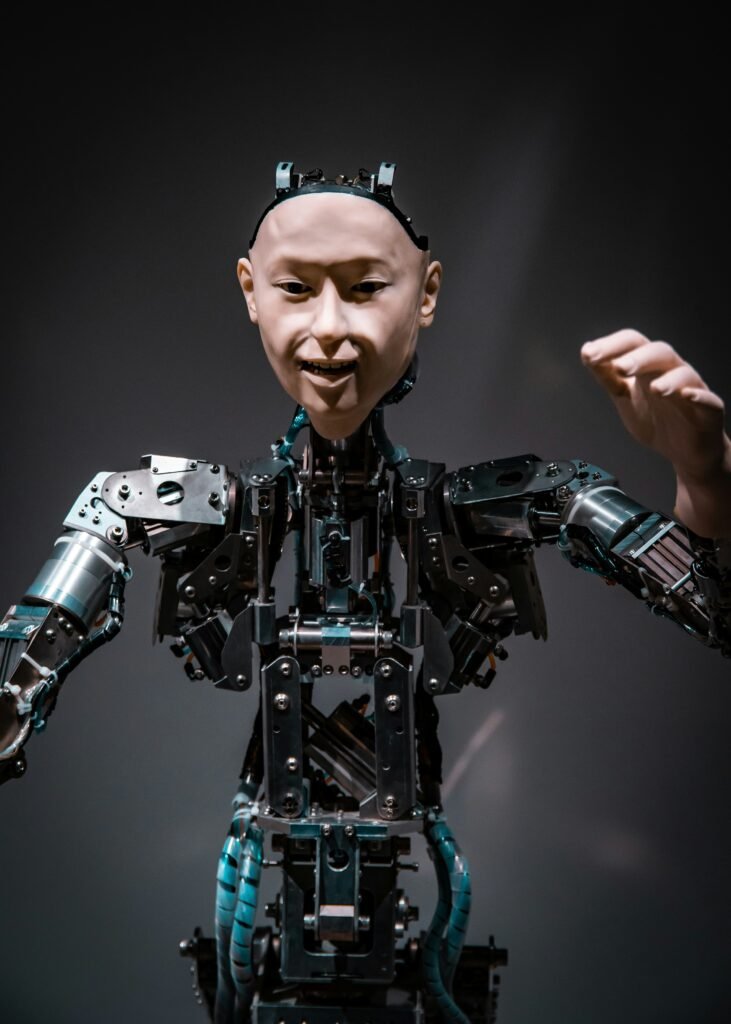
Understanding Project 2025
Project 2025 is an ambitious and forward-thinking initiative designed to harness the transformative potential of artificial intelligence (AI) and machine learning (ML) to build a sustainable and manageable future. Established by a coalition of technology experts, industry leaders, and policy makers, the project’s vision is to address some of the most pressing challenges facing our world today, utilizing cutting-edge technologies. The origins of Project 2025 lie in the growing acknowledgment that AI and ML can provide innovative solutions to problems across various sectors such as healthcare, climate change, and urban development.
The core objectives of Project 2025 are multifaceted. Primarily, the project seeks to develop AI and ML applications that can significantly improve efficiency, accuracy, and effectiveness across different domains. For instance, in healthcare, AI-powered diagnostics and predictive analytics can lead to early disease detection and personalized treatment plans, thereby improving patient outcomes. In addressing climate change, machine learning algorithms can optimize energy consumption, enhance climate modeling, and contribute to sustainable resource management. In urban development, AI can facilitate smarter city planning, improved traffic management, and more efficient public services.
The significance of setting long-term goals within the scope of Project 2025 cannot be overstated. As technology rapidly evolves, establishing clear and strategic objectives ensures that the deployment of AI and ML remains aligned with societal needs and ethical considerations. It is crucial for these technologies to be developed thoughtfully, with a focus on creating tangible benefits while minimizing risks and unintended consequences.
Integral to the success of Project 2025 is the collaboration between various stakeholders, including governments, technology companies, and academic institutions. Such partnerships are essential to foster innovation, share expertise, and ensure that advancements in AI and ML are accessible and beneficial to all. Through collective efforts, Project 2025 aims to pave the way for a future where technology acts as a driving force for positive change and sustainable development.
Strategies for Achieving Project 2025 Goals
To successfully achieve the ambitious objectives of Project 2025, a multi-faceted approach is being adopted. Central to this are advanced strategies that harness the power of artificial intelligence (AI) and machine learning (ML). One primary strategy involves the enhancement of AI algorithms. By refining and developing sophisticated algorithms, Project 2025 aims to improve decision-making processes, optimize performance metrics, and increase the accuracy of predictive models across various domains.
Another cornerstone of Project 2025 is the wider application of machine learning models. These models are being integrated into diverse scenarios, ranging from healthcare and finance to environmental sustainability and smart infrastructure. The deployment of ML models in these fields facilitates more accurate data analysis, thereby leading to smarter, data-driven decisions. For instance, in healthcare, AI-driven diagnostics can lead to early detection of diseases, while in finance, ML models can predict market trends with greater precision.
Ethical AI practices form a critical component of Project 2025 strategies. Ensuring that AI systems operate within ethical boundaries is crucial to building trust and ensuring fair outcomes. Projects under this initiative strictly adhere to ethical guidelines, focusing on transparency, fairness, and accountability. This ethical approach builds public trust and ensures the long-term sustainability of AI implementations.
Real-world cases illustrate how these strategies are being put into practice. For example, a recent project leveraged AI to manage urban traffic, reducing congestion and emissions, aligning with Project 2025’s sustainability goals. Similarly, another project utilizes ML to optimize supply chains, demonstrating tangible benefits in logistical efficiency.
Nonetheless, achieving these goals is not without challenges. Potential risks include data security concerns, algorithmic bias, and technology integration issues. To counter these risks, robust measures such as advanced cybersecurity protocols, bias detection mechanisms, and thorough testing phases are in place. These measures ensure a resilient and adaptable framework capable of navigating the evolving technological landscape.
Continuous innovation and adaptability remain vital to the success of Project 2025. The dynamic nature of AI and ML technologies necessitates a proactive stance towards emerging trends and innovations. By fostering a culture of constant learning and adaptability, Project 2025 can readily embrace the opportunities presented by future technological advancements.